Buy the photo Crab Nebula by NASA and Space on canvas, ArtFrame, poster and wallpaper, printed on demand in high quality.
About "Crab Nebula"
by NASA and Space
About the artwork
Crab Nebula (NIRCam and MIRI), shot from NASA’s James Webb Space Telescope.
Although the Crab Nebula is one of the most well-studied supernova remnants, questions about its progenitor and the nature of the explosion that created it still remain unanswered. NASA’s James Webb Space Telescope is on the case as it sleuths for any clues that remain within the supernova remnant. Webb’s infrared sensitivity and spatial resolution are offering astronomers a more comprehensive understanding of the still-expanding scene.
NASA’s James Webb Space Telescope has gazed at the Crab Nebula, a supernova remnant located 6,500 light-years away in the constellation Taurus. Since the recording of this energetic event in 1054 CE by 11th-century astronomers, the Crab Nebula has continued to draw attention and additional study as scientists seek to understand the conditions, behavior, and after-effects of supernovae through thorough study of the Crab, a relatively nearby example.

About NASA and Space
 Netherlands
Netherlands Ordered in January 2022
Ordered in January 2022
 Netherlands
Netherlands Ordered in March 2020
Ordered in March 2020
 Netherlands
Netherlands Ordered in January 2016
Ordered in January 2016
 Netherlands
Netherlands Ordered in February 2019
Ordered in February 2019
 Germany
Germany Ordered in January 2020
Ordered in January 2020
 Germany
Germany Ordered in November 2020
Ordered in November 2020
 Netherlands
Netherlands Ordered in November 2018
Ordered in November 2018
 Germany
Germany Ordered in January 2021
Ordered in January 2021
 Germany
Germany Ordered in February 2021
Ordered in February 2021
 Germany
Germany Ordered in January 2020
Ordered in January 2020
 Netherlands
Netherlands Ordered in June 2021
Ordered in June 2021
 Germany
Germany Ordered in April 2019
Ordered in April 2019
About the material
ArtFrame™
Interchangeable Art Prints
- High-quality print
- Easily interchangeable
- Acoustic function
- Large sizes available
Discover the artworks of NASA and Space
 Kepler-186f - Where the grass is always redder on the other sideNASA and Space
Kepler-186f - Where the grass is always redder on the other sideNASA and Space The Grand Tour - A once in a lifetime getawayNASA and Space
The Grand Tour - A once in a lifetime getawayNASA and Space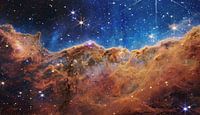 “Cosmic Cliffs” in the Carina NebulaNASA and Space
“Cosmic Cliffs” in the Carina NebulaNASA and Space “Cosmic Cliffs” in the Carina NebulaNASA and Space
“Cosmic Cliffs” in the Carina NebulaNASA and Space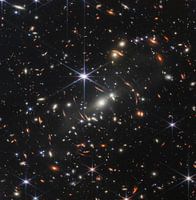 Webb's First Deep FieldNASA and Space
Webb's First Deep FieldNASA and Space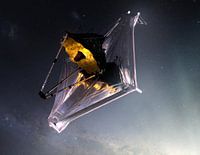 James Webb Space TelescopeNASA and Space
James Webb Space TelescopeNASA and Space Pillars of CreationNASA and Space
Pillars of CreationNASA and Space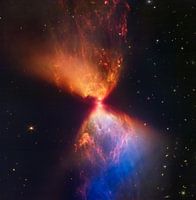 The birth of a starNASA and Space
The birth of a starNASA and Space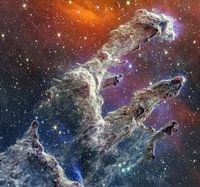 Pillars of Creation (NIRCam and MIRI Composite Image)NASA and Space
Pillars of Creation (NIRCam and MIRI Composite Image)NASA and Space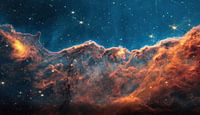 Carina Nebula JetsNASA and Space
Carina Nebula JetsNASA and Space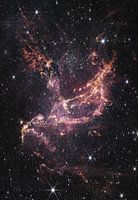 Star forming region NGC 346NASA and Space
Star forming region NGC 346NASA and Space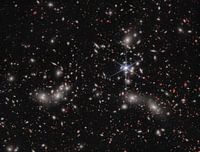 Pandora ClusterNASA and Space
Pandora ClusterNASA and Space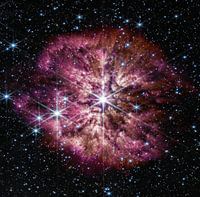 WR 124: Prelude to SupernovaNASA and Space
WR 124: Prelude to SupernovaNASA and Space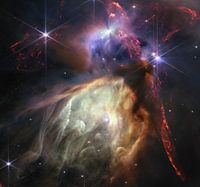 Rho OphiuchiNASA and Space
Rho OphiuchiNASA and Space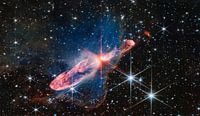 Forming stars: Herbig-Haro 46/47NASA and Space
Forming stars: Herbig-Haro 46/47NASA and Space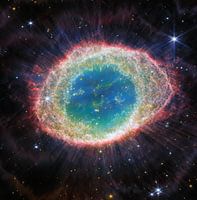 Ring NebulaNASA and Space
Ring NebulaNASA and Space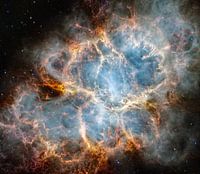 Crab NebulaNASA and Space
Crab NebulaNASA and Space Sagittarius C - 500,000 starsNASA and Space
Sagittarius C - 500,000 starsNASA and Space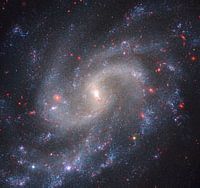 Spiral galaxy NGC 5584NASA and Space
Spiral galaxy NGC 5584NASA and Space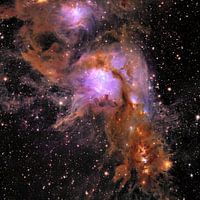 Messier 78, a star formation in a cloud interstellar dustNASA and Space
Messier 78, a star formation in a cloud interstellar dustNASA and Space
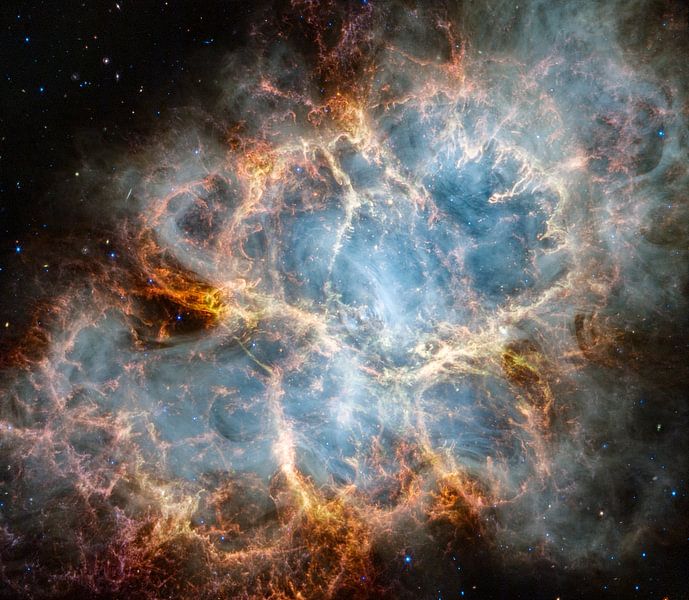
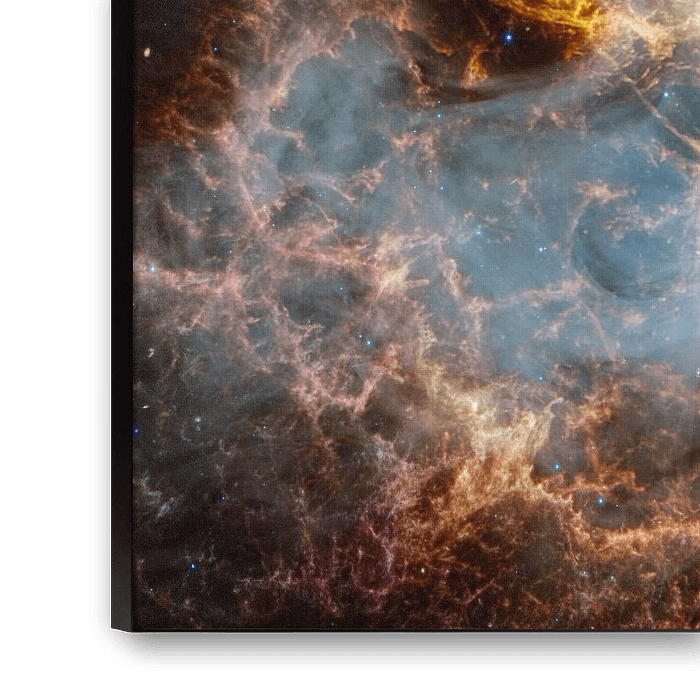
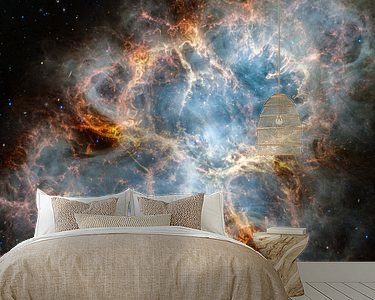
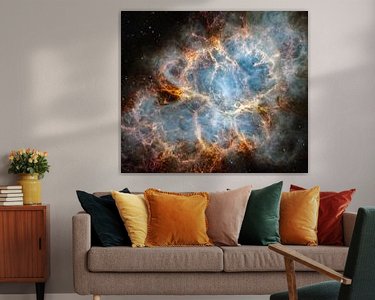


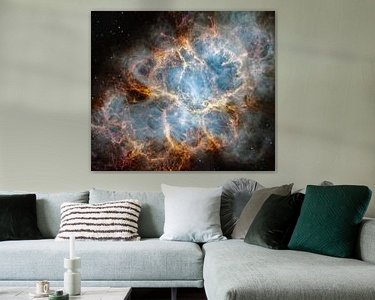

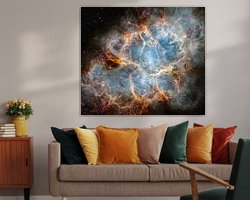



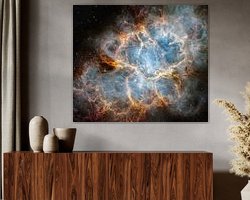
 Astrology and Space
Astrology and Space Mysterious Spheres
Mysterious Spheres Photo wallpaper
Photo wallpaper Photography
Photography Vibrant Colors
Vibrant Colors









